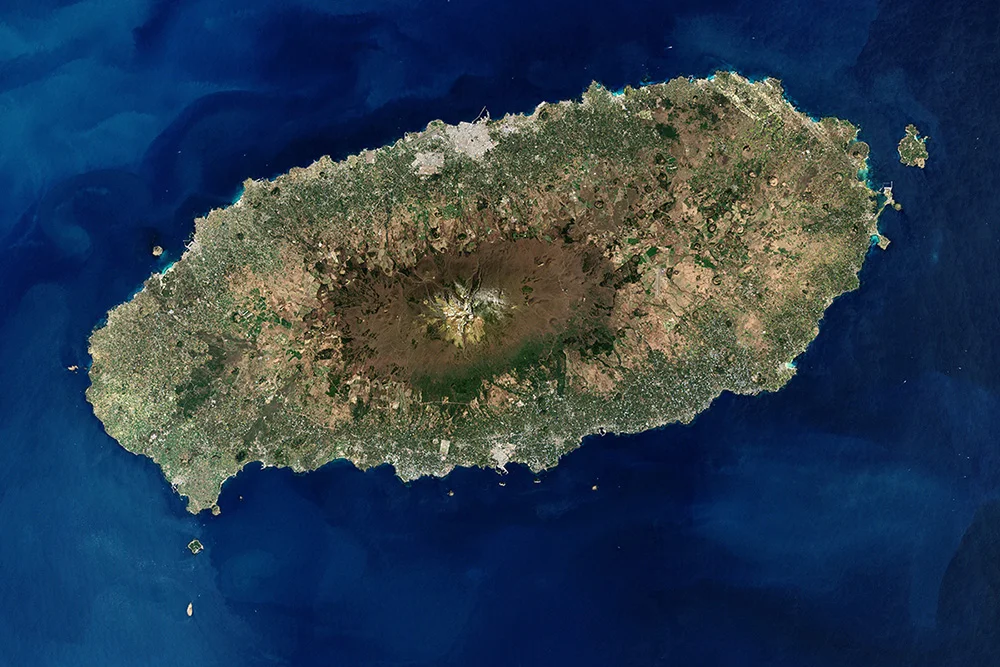In Jeju, a thriving holiday destination with natural tourism resources, a recent study unveiled a volcanic eruption occurred on the island. The Korea Institute of Geoscience and Mineral Resources (KIGAM) discovered traces that showed that a recent volcanic eruption was evident 5,000 years ago.
The team of researchers led by Dr. Jin-Young Lee confirmed from radiocarbon dating for carbonized wood (charcoal) found beneath the basaltic layer located in Sangchang-ri, Seogwipo-si, Jeju-do that it dated back 5,000 years; meaning the time when the basalt on the upper layer was formed was fairly recently, i.e. 5,000 years ago, which demonstrates that the island has experienced a volcanic eruption quite recently.

The last known volcanic activity that occurred on Jeju Island was approximately 7,000 years ago at Mt. Songak. The basaltic layer in Sangchang-ri is known to have formed due to the eruption in the vicinity of Byeongak Oreum 35,000 years ago; however this study exposed information that they layer is in fact a product of the most recent volcanic activity, which spewed a large amount of ash.
It is extraordinary that the research team enhanced the accuracy of the findings in the radiocarbon dating technique using carbonized wood, consequently increasing the reliability of the findings. Previous research used the dating method for rocks covering the upper sedimentary layer, in which such dating method with the relatively longer half-life period shows limitations determining the time the basalt was formed approximately 10,000 years ago.
In order to overcome these limitations associated with the dating methods for the rocks covering the upper sedimentary layer, the research team used radiocarbon dating and optically stimulated luminescence dating (OSL), using such cross validation, which raised the accuracy of tracing the past volcanic activities.
According to these findings, Jeju Island is not an extinct volcano; rather it is a potentially live volcano as it has erupted within the last 10,000 years. On a geological basis, a volcano that has erupted within the last 10,000 years is defined to be a live volcano.
The research team plans to continuously conduct the studies on the time the volcanic rocks were formed in several regions on the island in order to identify the latest volcanic activity for certain.
Contributing Source: Korea Institute of Geoscience and Mineral Resources
Header Image Source: WikiPedia




